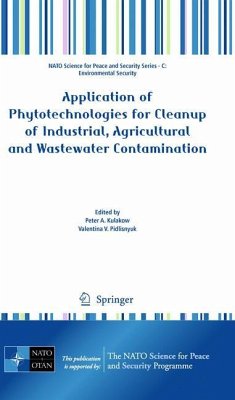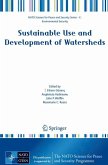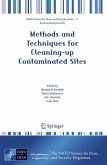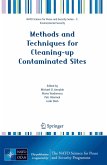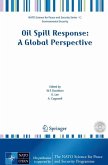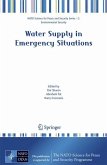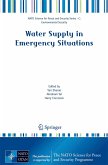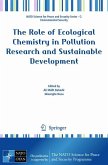As government and community leaders, private companies, citizens, and applied scientists search for low-cost methods to cleanup environmental pollution, phytotechnologies can contribute to the solution by utilizing natural processes to reduce environmental risk. Phytotechnologies use vegetation to manage environmental contaminants in soil, surface water, and groundwater based on site-specific design considerations that can save 50 to 75 percent of the capital and operating costs compared to conventional remediation and containment technologies. Successful phytotechnology applications are based on scientific knowledge of plant physiology, chemical contaminants, climate, and soil conditions. This book presents current research findings that address soil and water contamination with obsolete pesticides, radionuclides and other inorganic and organic contaminants. This book documents international sharing of information by scientists and stakeholders seeking to use the best available information: to disseminate existing knowledge on phytotechnologies and exchange experience of field-scale applications for cleanup of industrial, agricultural, and wastewater contamination, to assess existing knowledge and identify research needs and directions for future work especially in regard to environmental management in Central and Eastern Europe and Central Asia, and to promote collaboration between different countries in preparing applications for environmental remediation and restoration.
Bitte wählen Sie Ihr Anliegen aus.
Rechnungen
Retourenschein anfordern
Bestellstatus
Storno

